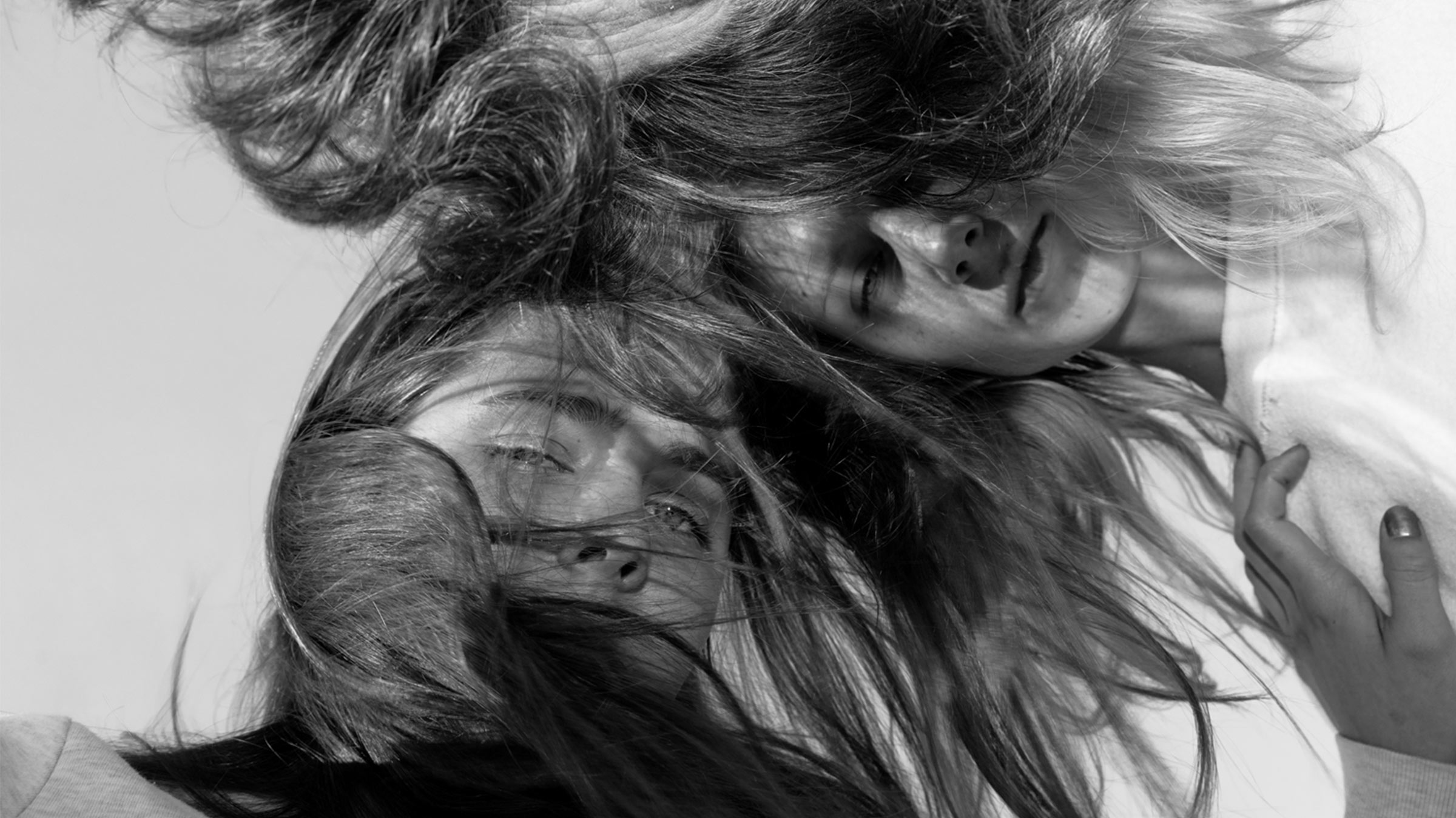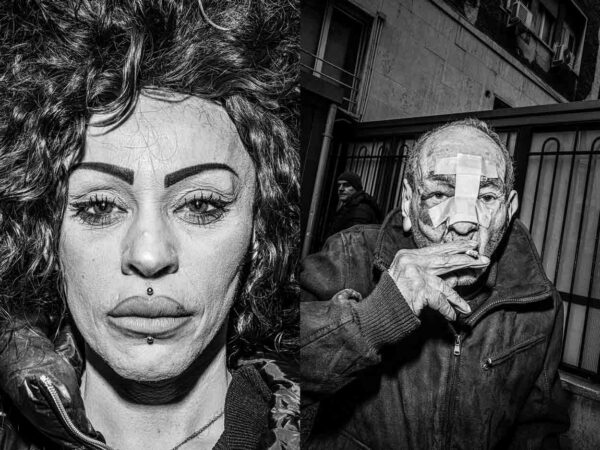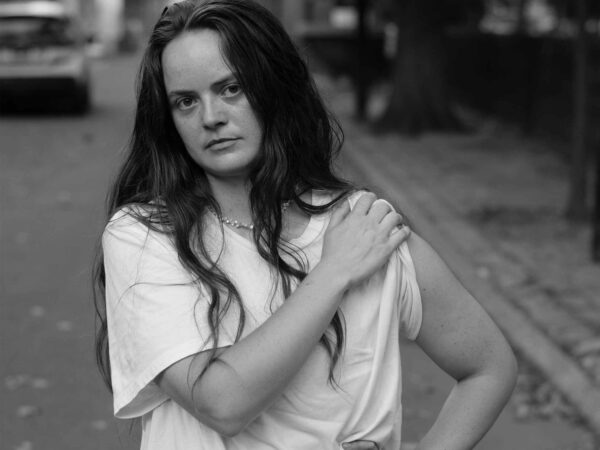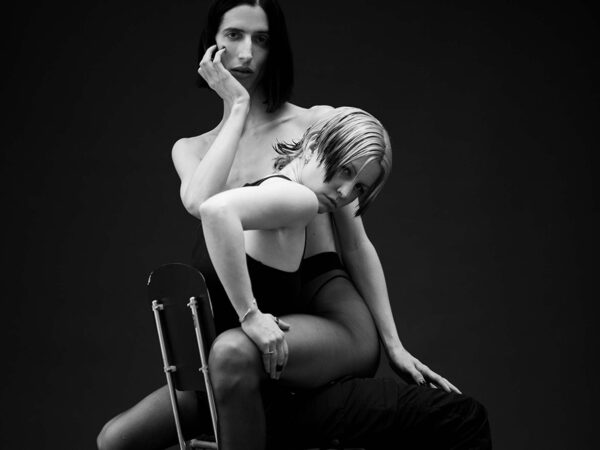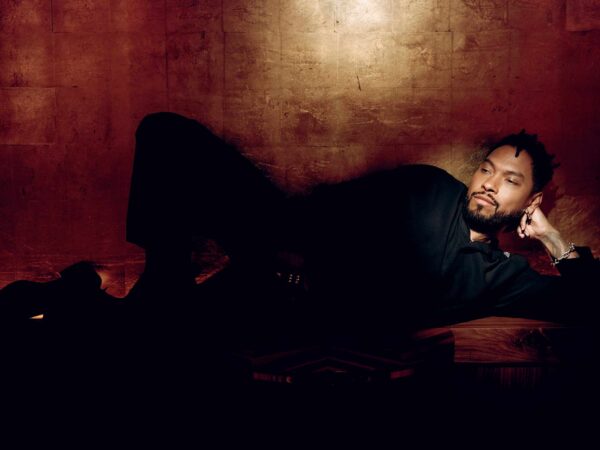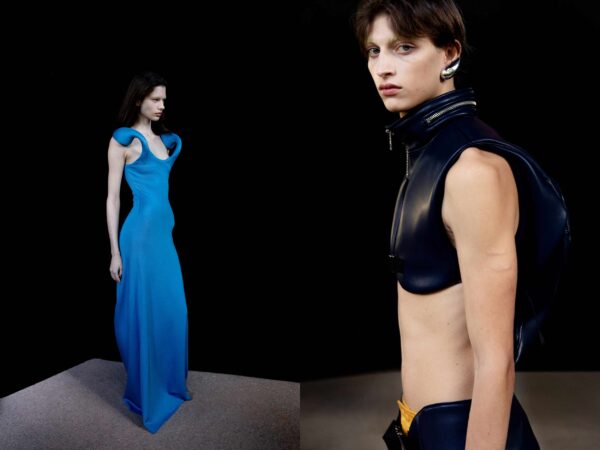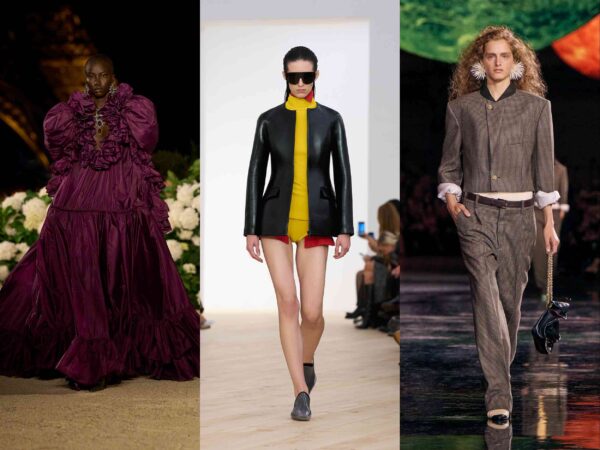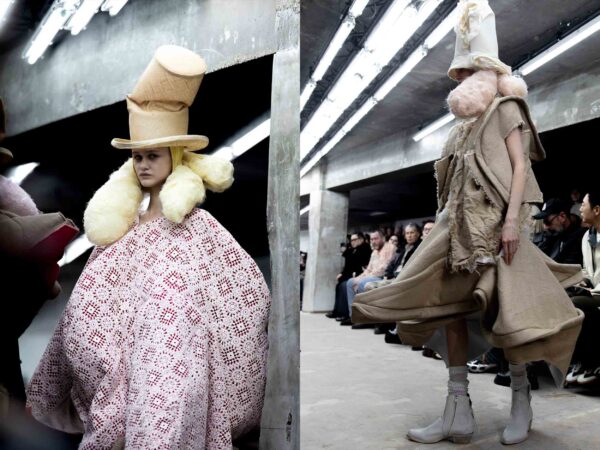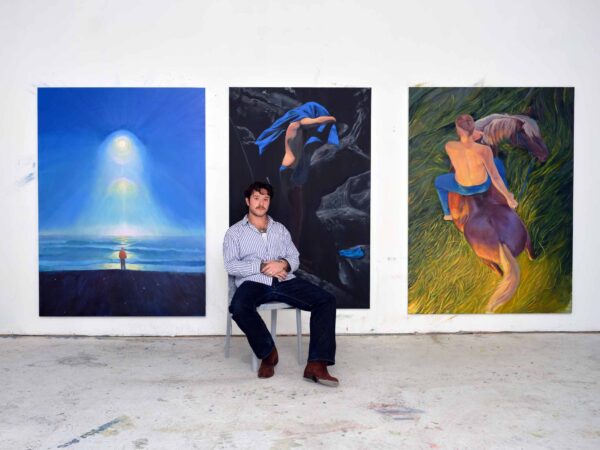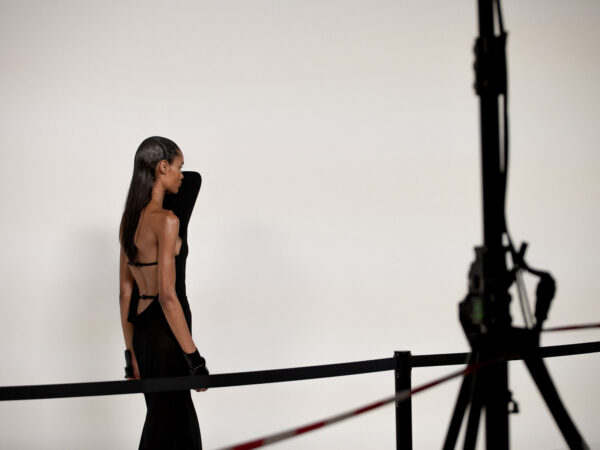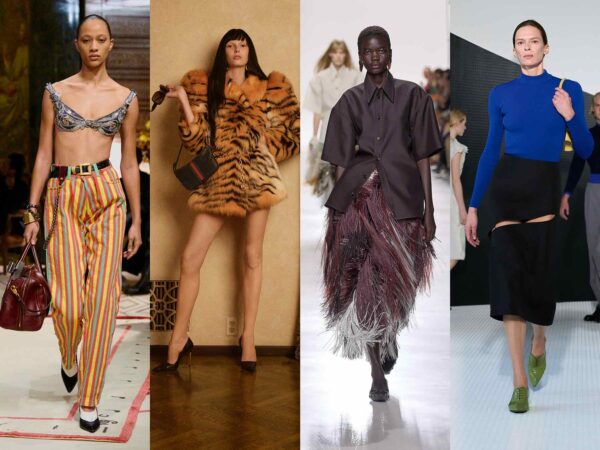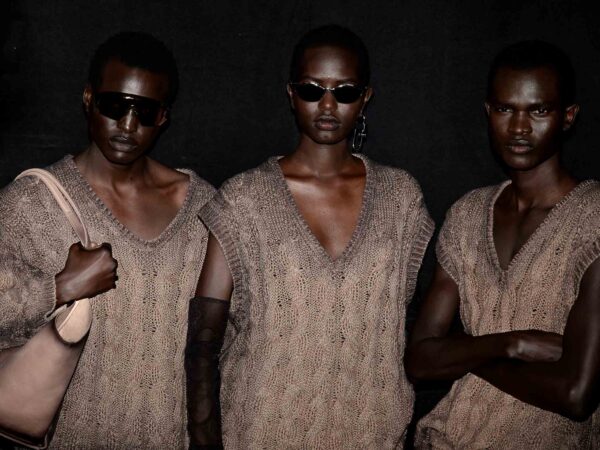For her 2020 series, 42 Wayne, the photographer explores relationships between generations of women in her family
Jillian Freyer is a Massachucetts-based photographer whose work explores female identity and the psychological and physical burdens that remain inseparable from it. Her 2020 series, 42 Wayne, is a dynamic interplay between color and black-and-white images. It delves into the physical manifestations of generational trauma, aging, and bonding experiences of women—particularly those of grandmothers, mothers, and sisters.
Olivia Noss: I’m interested in the level of intimacy and tension you’re able to create in your portraits. I really like the idea of you being a participant in the chemistry of these kinds of performances within the nucleus of your family. Could you speak more about performance, and being a witness and active participant in that performance?
Jillian Freyer: I went to MassArt in Boston, which is very traditional. You learn every single style of photography, starting with the black-and-white darkroom, then the color darkroom, and then 4 by 5. I started 42 Wayne in grad school. Prior to that project, I was working all in 4 by 5 film, which by nature is not very participatory. You are very much the voyeur, standing there, directing people. It’s very stagnant.
In grad school I switched over to digital, which was a huge change for me and the way that I worked. Instead of having a very particular moment that I wanted to capture, I was looking around—a part of the performance. I started to go in that direction to get myself out of my own groove and to find moments that were less predictable. At that point, I had already been working with my sisters and my mom for some time. When I went back to working with them, it felt like I was cheating. I ended up working with them in a different context, and it required a different kind of formula—or lack thereof. You have an ‘aha’ moment while making work. You discover these visual anchors and build around that.
Olivia: You have some of these images in black-and-white and some in color. Why is that?
Jillian: Color and black-and-white have different purposes. Black-and-white images direct your eye more towards texture and surface, which are really important. When it comes to color, it can often feel too romantic or beautiful at points. I don’t want people to simply be taken by the source or the quality of light. I want them to work to understand why the images are important, or why they are or aren’t drawn to an image.
I’m specifically thinking of the image of my grandmother’s feet and my mom’s stomach. It’s all about texture for me—the difference in skin and the flaws where my mom has a scar. The photo is more dynamic in [black-and-white]. I don’t care if it feels right or wrong, it just feels better to mix [color and black-and-white images].
“You have an ‘aha’ moment while making work. You discover these visual anchors and build around that.”
Olivia: Yeah definitely, there shouldn’t be some sort of rule about one or the other. It’s interesting that you say that color is susceptible to being too romantic, because it feels as if your black-and white-images—black-and-white having an intrinsically abstractive function—send the viewer into this fever dream state, while the color images ground the viewer back into the real. The series enters in and out of this space.
Going back to tension—is it something you look to create, or something that you capture when you see it?
Jillian: I’m interested in tension, almost to the point of discomfort. I love the way that photography can transform a moment. Usually, the setup of the images isn’t uncomfortable, mainly because the people I am photographing I am very close with. I find that I am seeking out those moments that make a viewer unsure of the state of the [subjects in the image].
I’m drawn to these moments, and feel that they are successful images because they are so difficult to make, and the most unexpected. I want it to be hard to place the gesture or the moment where they stem from. You can’t tell if it is the beginning or the end of a moment, or why it is being performed.
Olivia: Your relationship with your mom and sisters stems from, as you say, the need to communicate what can’t be said in a lot of ways. Your subjects serve as an entry point to talk about inherited beliefs of misogyny and gender expectations. Did this lack of communication stem from generational differences? Was there something more complex rooted in that discord?
Jillian: During grad school, when Me Too surfaced, I’d never really talked to my mom or sisters about [sexual assault]. We never talked about things like that—I don’t know why—but I really wanted to address it: this sense of only talking about the good, and not talking about any kind of trauma. The Me Too movement brought up past experiences of my own—things I never talked about with my family at all. During that period, a lot came up, and I felt I couldn’t move on until I came to terms with my own experience. I realized that, as alone as I felt, or as a lot of women felt, I was not alone. I wanted to find a way to talk about these things with my mom and sister without directly speaking to them about it. I would make these photographs, and a lot of them had to do with touch. I think about who is performing touch, because sexual assault is usually performed by someone you know or someone you’re familiar with. I really wanted to [expand] on the way touch is transferred and experienced.
“We take on these roles that are pushed onto us without even knowing where they come from—and oftentimes, it’s because generational trauma is passed on and never talked about.”
Olivia: What an interesting way of grappling with an experience like that. It must be grounding to know you’re able to accomplish some form of closure. That’s one of the most meaningful things about photography in a lot of ways.
Jillian: Yeah. After working with my sisters and my mom I started to branch out to other women and individuals that had similar experiences—thinking of photographing them as this sort of relief. I became really interested in how I’d meet these people in all different walks of life, either online or in person. All the photography sessions were so intimate. It was a cathartic release of connecting with others. On that same plane, I feel as if it is this silent dialect, where you don’t have to look at this work in that context. There are other ways to look at it. And if you want to be able to see this connection to sexual assault or to touch, it is there—but it is not overbearing either.
Olivia: It’s interesting that you say that, because that’s not where my mind went when looking at these pictures. For me, it felt like the endurance of the female body. I was thinking about other experiences, such as childbirth and aging.
Jillian: Right, those things are all there too. If I focus on one thing, I get bored very easily.
Olivia: The image of your mother being dragged—was that a directed performance?
Jillian: I was thinking about how the body carries trauma in general, and bears the weight of certain experiences. A traumatic experience doesn’t just go away once you stop thinking about it. It can command the way you interact with the world and who you interact with. I show that weight that people carry in a physical form.
Olivia: A more general question for you—what do you think makes a strong image?
Jillian: When I’m making work, I think there has to be some sense of connection between the subject and myself. I took this picture of my roommate in undergrad, and she looks distraught, and I love it. I showed it to her, and she said she looked sad, and that she wasn’t feeling sad at that moment. I know, I said, that’s why I love photography. A successful portrait to me is some kind of exchange. Some exchange of trust. That’s what is really satisfying to me.


